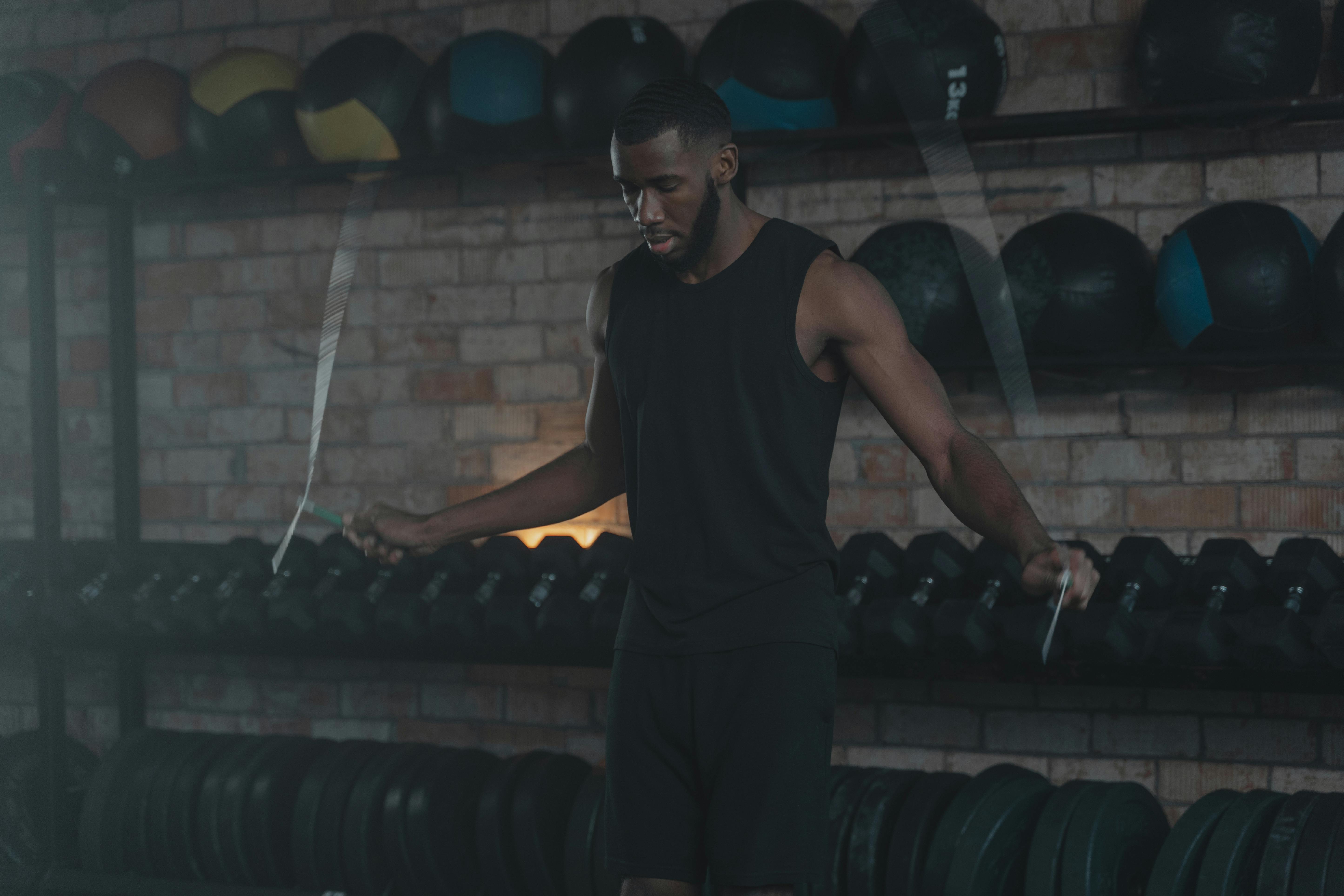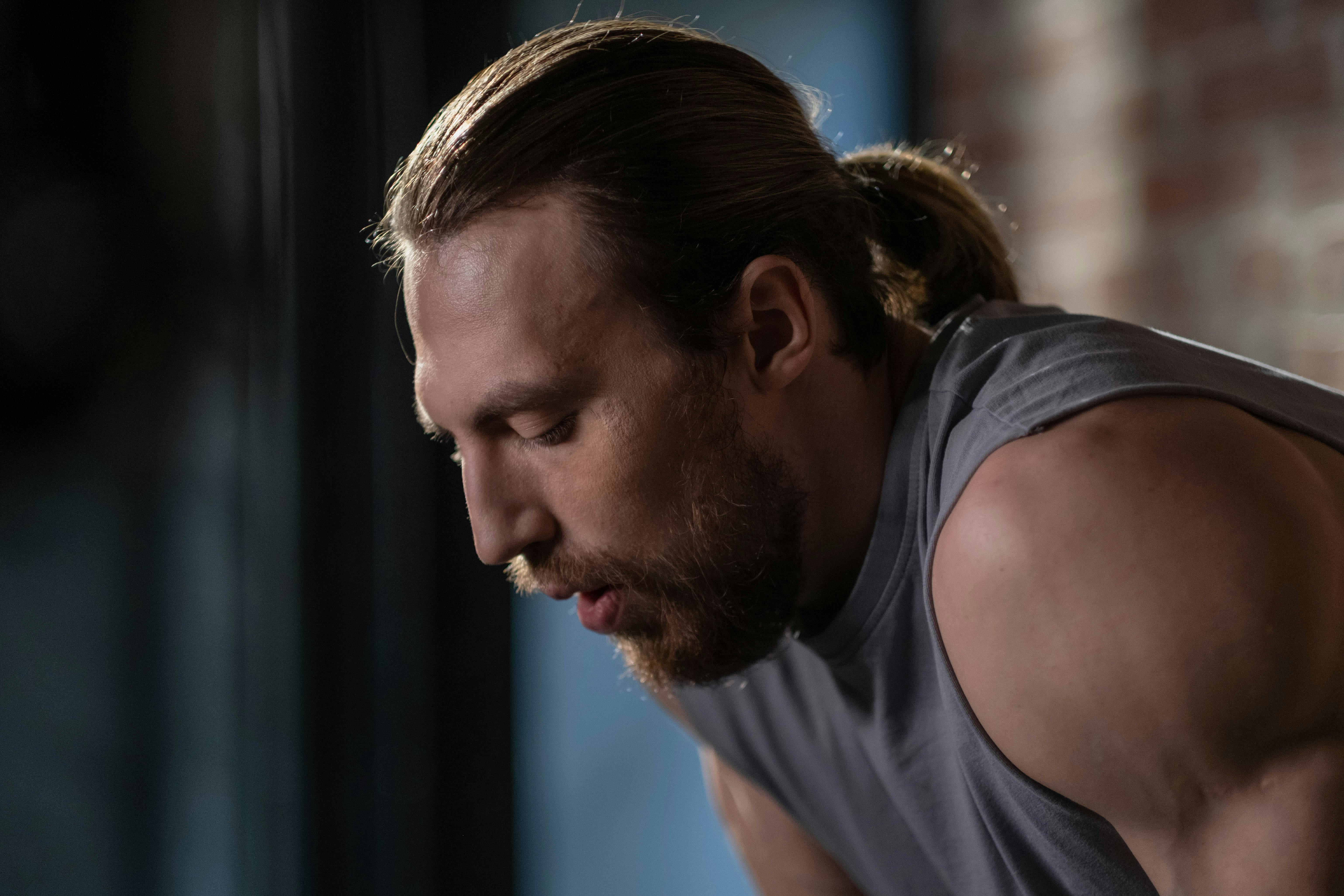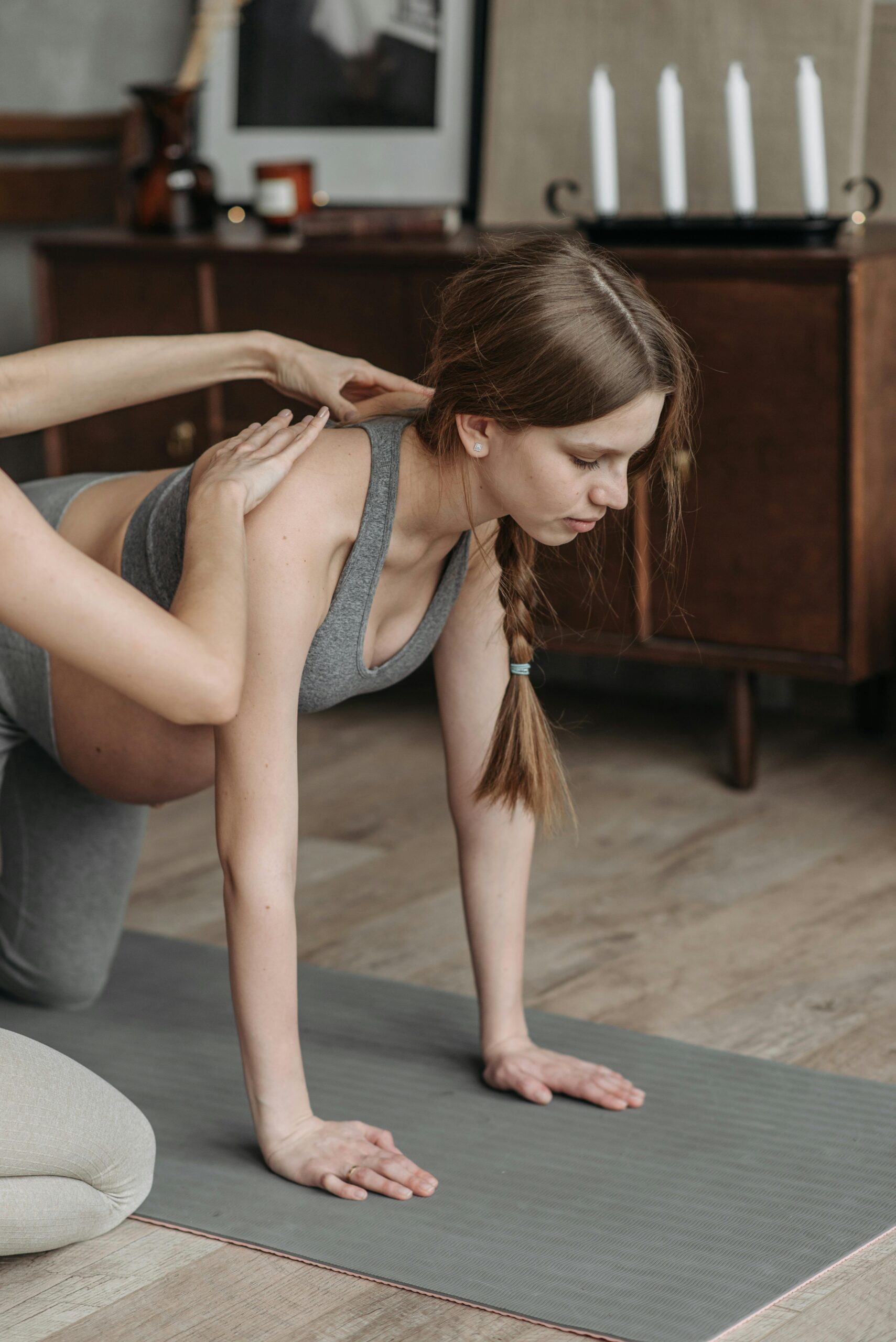Essential Guide to Effective Vordere Schulter Übungen for Better Mobility in 2025
The vordere Schulter, or front shoulder, plays a crucial role in our overall upper body mobility and strength. Engaging in effective Schulter Übungen can greatly improve your shoulder stability, flexibility, and strength, which are essential for various physical activities and daily tasks. In 2025, fitness enthusiasts are focusing more on tailored shoulder workouts to maximize their progress, enhance their athletic performance, and prevent injuries.
This article delves into the importance of shoulder training, providing readers with a comprehensive overview of effective exercises, warm-up routines, and strategies for preventing shoulder injuries. We’ll also explore targeted shoulder exercises to build muscle, increase mobility, and promote a healthy shoulder function. By the end of this guide, you will have a clearer understanding of how to implement these Übungen into your routine.
Key takeaways include the significance of warm-up routines, effective Schulterstretching techniques, the variety of exercises available, and advice from fitness professionals on optimizing your Schultermuskulatur development.

Understanding Shoulder Mobility and Strength
Before diving into specific exercises, it’s vital to understand the importance of shoulder mobility and strength for overall fitness. The shoulder joint is one of the most mobile joints in the body, allowing for a wide range of movements. However, this high level of mobility can lead to instability if not properly trained. Incorporating Schultertraining can improve the strength and stability of your Schultermuskulatur, thus enhancing your performance across various physical disciplines.
The Anatomy of the Shoulder
The shoulder is composed of multiple muscles, including the deltoids, rotator cuff muscles, and other supporting tissues like tendons and ligaments. Understanding the anatomy is essential for choosing the right exercises. The deltoid muscles, responsible for shoulder movements, are divided into three parts: anterior (front), lateral (side), and posterior (back). By focusing on the vordere Schulter with targeted exercises, you can ensure a balanced muscular development, mitigate musculoskeletal imbalances, and enhance your overall performance.
Common Shoulder Injuries and Their Prevention
Common injuries affecting the shoulder include rotator cuff tears, shoulder impingement, and shoulder instability. Many of these issues arise from muscle imbalances or lack of strength in the supporting muscles. By engaging in effective Schulter Übungen, you can strengthen these crucial muscles, thus reducing the risk of injuries. Prevention strategies, including regular warm-ups and cool-downs, stretching exercises, and avoiding over-training, are equally important to maintain healthy shoulder function.
Essential Warm-Up Routines for the Shoulders
Starting your workout with a proper warm-up is fundamental in preparing your Schultern for more strenuous activities. A good warm-up increases blood flow to the muscles, enhances flexibility, and can significantly reduce the risk of injuries. Here, we focus on effective warm-up techniques specifically tailored for shoulder training.
Dynamic Stretching Techniques
Dynamic shoulder stretches are a fantastic way to promote flexibility and mobility. These stretches involve controlled movements that gently elevate the shoulder’s range of motion. For instance, arm circles and shoulder rolls are excellent dynamic stretches to incorporate before your workout routine. Aim for 10-15 repetitions of each movement.
Resistance Band Exercises
Using a resistance band for shoulder warm-ups can be highly beneficial. Resistance bands can help activate the rotator cuff muscles and the deltoids before your workout. Performing lateral raises and external rotation exercises with the band prepares the shoulder muscles for more intensive training. A consistency of 8-12 repetitions can effectively warm up your shoulders.
Effective Exercises for Vordere Schulter Training
Now that you are warmed up, it’s time to engage in targeted exercises to strengthen the vordere Schulter. Focusing on these exercises can enhance your shoulder’s functional capacity, promote a healthy range of motion, and contribute to overall muscle build-up.
Hantel Schulterdrücken – Dumbbell Shoulder Press
The Dumbbell Shoulder Press is one of the most effective vordere Schulter trainings. This exercise targets the anterior deltoids and promotes strength and muscle endurance. To perform this exercise, stand with your feet shoulder-width apart, holding a dumbbell in each hand. Press the weights overhead while keeping your core engaged. Remember to lower the weights back to shoulder level for complete repetitions. Aim for 3-4 sets of 8-12 repetitions. This exercise not only builds muscle but also enhances stability and coordination.
Schulter Rotatorenmanschetten Übungen
Exercises designed for the rotator cuff are essential for overall shoulder health and injury prevention. These muscles support the shoulder joint’s stability and should be included in any effective shoulder training program. Exercises such as internal and external rotations with light dumbbells help strengthen this area. Perform 2-3 sets of 10-15 repetitions for optimal results.

The Role of Stretching in Shoulder Mobility
After performing strength training exercises, incorporating Schulterstretching is vital for maintaining flexibility and preventing stiffness. Stretching can significantly improve your shoulder mobility and overall function.
Guided Stretching Techniques
To effectively stretch the vordere Schulter, guided stretching techniques such as the doorway stretch or cross-body shoulder stretch can be incorporated. These stretches help elongate the shoulder muscles, increasing elasticity and reducing the risk of injuries. Hold each stretch for at least 15-30 seconds and repeat for 2-3 sets for optimal benefits.
Dynamic vs. Static Stretching
Understanding the difference between dynamic and static stretching is important for structuring your workout. Dynamic stretching is best suited as a warm-up, while static stretching applies post-workout for muscle recovery. Balancing both types of stretching will contribute to your overall shoulder health and flexibility. Ensure to have a routine that integrates both forms to maximize the benefits of your shoulder training program.
Building a Comprehensive Shoulder Fitness Program
Creating a well-rounded fitness program is fundamental to ensuring progress in your shoulder training. Effective programs blend strength, mobility, and recovery strategies tailored to your fitness level.
Sample Workout Athlete’s Routine
A sample routine for the vordere Schulter could include a combination of strength exercises such as Dumbbell Shoulder Press, lateral raises, and rotator cuff exercises, complemented by shoulder stretching routines. Enhance your workout with shoulder stability exercises like plank rotations. Aim for 2-3 complete sessions per week, adjusting the intensity based on progress.
Tracking Progress and Adjustments
Monitoring progress in your Schultertraining can indicate if you’re on the right path. Keep track of repetitions and weights, and assess your flexibility and mobility. Don’t be afraid to adjust your program based on the feedback your body provides, such as soreness or shoulder fatigue. Consulting a personal trainer can also help create tailored strategies to meet your fitness goals.
Preventing Shoulder Pain and Injuries
Finally, preventing shoulder pain and injuries is crucial in maintaining a sustainable workout routine. Being proactive about shoulder health allows for consistent training and improvements in your shoulder strength and mobility.
Recognizing Signs of Overtraining
Understanding your body is key to preventing injuries. Watch for signals of overtraining, including persistent pain, limited range of motion, or swelling around the shoulder joint. If you experience these symptoms, it may be necessary to adjust your training routine or include recovery sessions. Rest is essential for muscle recovery and helps combat issues like muskuläre Dysbalancen.
Seeking Professional Guidance
If shoulder pain persists, seeking guidance from a fitness professional or physical therapist can help diagnose the issue and recommend specific exercises tailored for rehabilitation and strengthening. Their insights can lead to a more effective training regimen while reducing the risk of injury.
Q&A: Common Questions About Vordere Schulter Übungen
What are the best exercises for strengthening the vordere Schulter?
The best exercises for strengthening the vordere Schulter include Dumbbell Shoulder Presses, lateral raises, and rotator cuff exercises. These exercises focus on enhancing muscle balance and improving shoulder stability.
How often should I perform shoulder exercises?
For optimal results, practice shoulder exercises 2-3 times a week. Ensure you have rest days in between workouts to allow for proper recovery and muscle rebuilding.
Can I prevent shoulder injuries with specific exercises?
Yes, specific exercises focused on strengthening the rotator cuff and improving flexibility can significantly reduce the risk of shoulder injuries. Incorporate warm-ups and cool-downs to enhance recovery and mobility.
What role does nutrition play in shoulder health?
Proper nutrition is essential for muscle recovery and overall health. Focus on a balanced diet rich in protein, vitamins, and minerals to support muscle and joint health. Nutritional factors like Vitamin D can also influence muscle performance and recovery.
How can I increase my shoulder’s range of motion?
Improving your shoulder’s range of motion involves a combination of targeted stretching, strength training, and consistent mobility exercises. Regularly performing these activities will enhance your shoulder flexibility and functionality over time.
